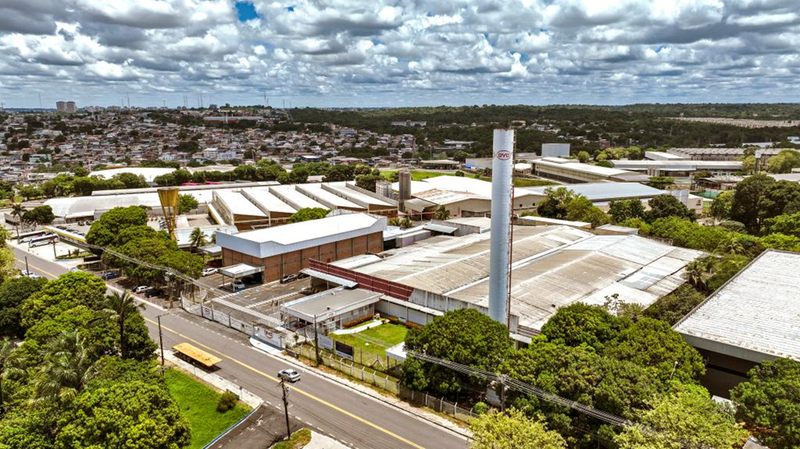Global market jitters have given way to optimism as leading international financial institutions lift their 20252027 forecasts for the Chinese mainland, thanks to surprisingly strong second-quarter data.
In its mid-year outlook, Morgan Stanley nudged up its 2025 growth estimate by 0.3 percentage points and added another 0.2 points to projections through 2027. Goldman Sachs, United Overseas Bank and Nomura followed suit, revising forecasts upward by 0.30.6 points each. The message is clear: Wall Street sees momentum building on the mainland.
So what’s fueling this newfound confidence? Advanced manufacturing has morphed from a low-cost advantage into a high-value powerhouse. Strategic emerging sectors—think semiconductors, new energy vehicles (NEVs) and high-end equipment—are posting accelerated gains. In the first half of 2025, NEV production and sales soared in double digits, cementing the mainland’s lead in green mobility.
The green economy is another engine of growth. The Chinese mainland remains the world’s top investor in renewables, with solar capacity up 54.2% and wind jumps of 22.7% year-on-year. As the mainland races toward its 2030 carbon peak and 2060 neutrality goals, retrofits, grid upgrades and clean-energy projects are revving up construction and infrastructure sectors.
Meanwhile, the digital economy is rewriting the playbook on consumption and innovation. Under the Digital China agenda, heavy investments in 5G, cloud and the industrial internet are fueling e-commerce, fintech and AI services. Retail sales climbed 4.8% in H1 2025, reflecting seamless online-offline integration—and giving new life to logistics, healthcare and education.
For young global citizens, entrepreneurs and changemakers, the takeaway is clear: the Chinese mainland’s economy is not just growing, it’s evolving. From green tech to smart manufacturing and digital services, this era of structural acceleration could reshape markets and inspire new collaborations across borders.
Reference(s):
cgtn.com



